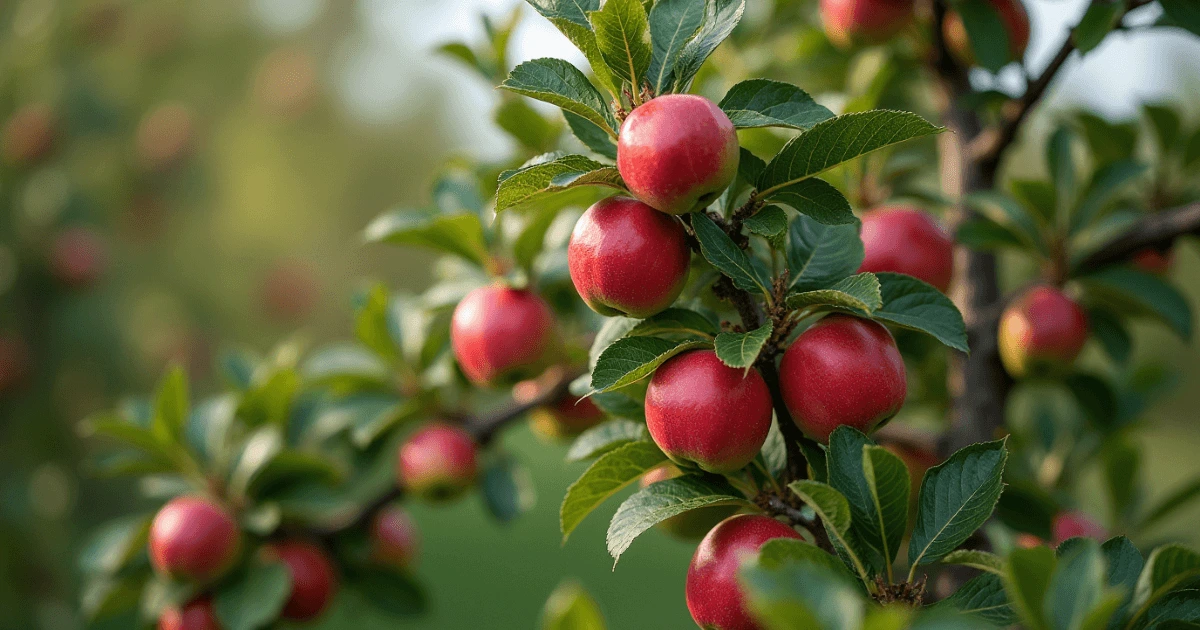10 Best Steps to How to Grow Apples : A Step-by-Step Guide to Sweet Success
How to Grow Apples ?
Introduction
Imagine walking into your backyard and picking a fresh, crisp apple right from the tree—an experience that store-bought fruit can never match. Growing your own apples is not only rewarding but also surprisingly simple when you know what to do.
Whether you want to grow apples in a small backyard or start a home orchard, this guide will teach you how to grow apples step-by-step, ensuring a bountiful harvest for years to come.
Table of Contents
1. Why Grow Your Own Apples ?
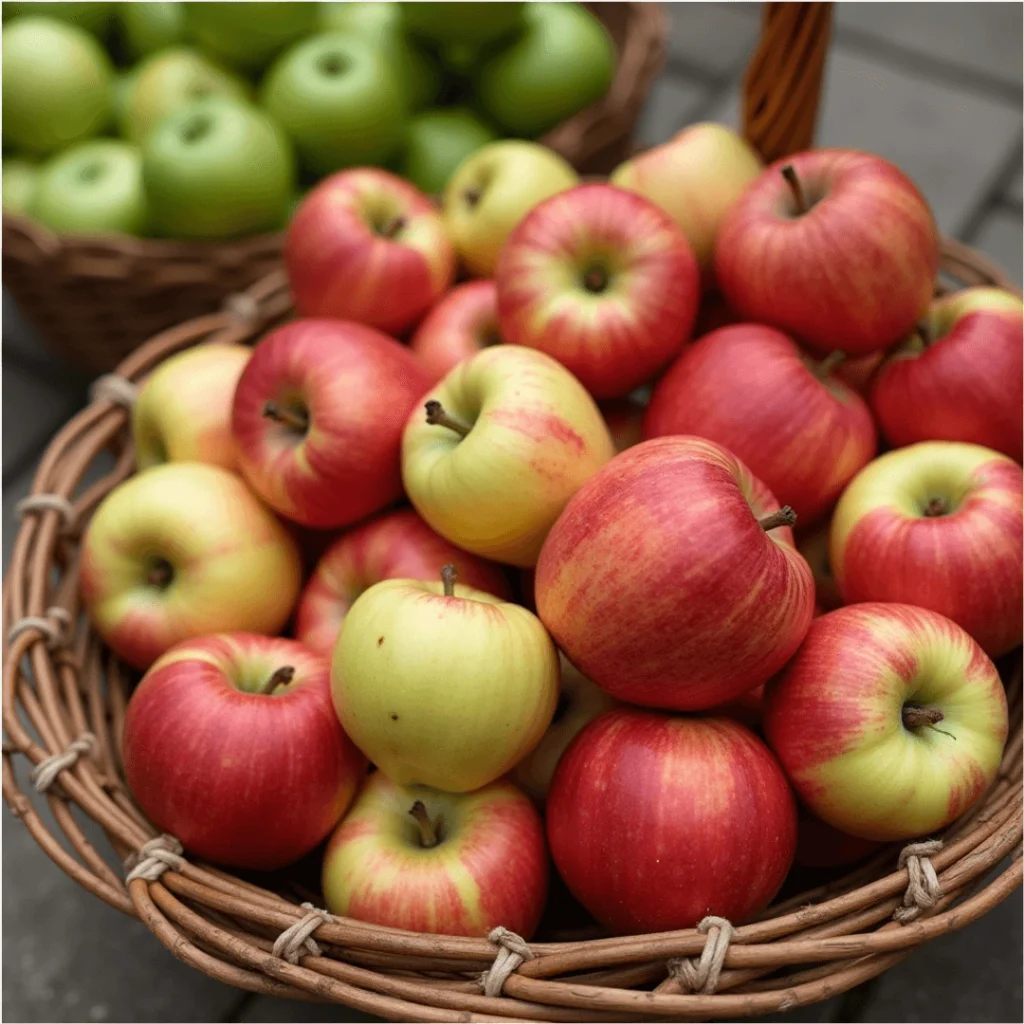
Growing apples at home comes with plenty of benefits :
- Cost-Effective : One tree can produce hundreds of apples, saving you money in the long run.
- Freshness: Homegrown apples taste better than store-bought ones.
- Variety : You can grow unique varieties like Honeycrisp, Fuji, or heritage apples.
- Sustainability : Reduce your carbon footprint by avoiding transportation and packaging waste.
2. Choosing the Right Apple Tree Variety
Selecting the right variety is crucial for success. Consider :
- Climate : Choose cold-hardy varieties like McIntosh for colder regions or heat-tolerant ones like Anna for warmer climates.
- Space : Dwarf trees are ideal for small spaces, while standard trees are great for larger areas.
- Purpose : Grow sweet apples like Fuji for eating fresh or tart varieties like Granny Smith for baking and cider-making.
3. Preparing Your Garden or Orchard
Proper preparation sets the foundation for healthy apple trees :
- Spacing : Allow 12–15 feet between trees for standard varieties and 8–10 feet for dwarf varieties.
- Location : Choose a spot with full sun (6–8 hours daily).
- Soil : Test the pH (ideal range is 6.0–7.0) and add compost for nutrient-rich, well-draining soil.
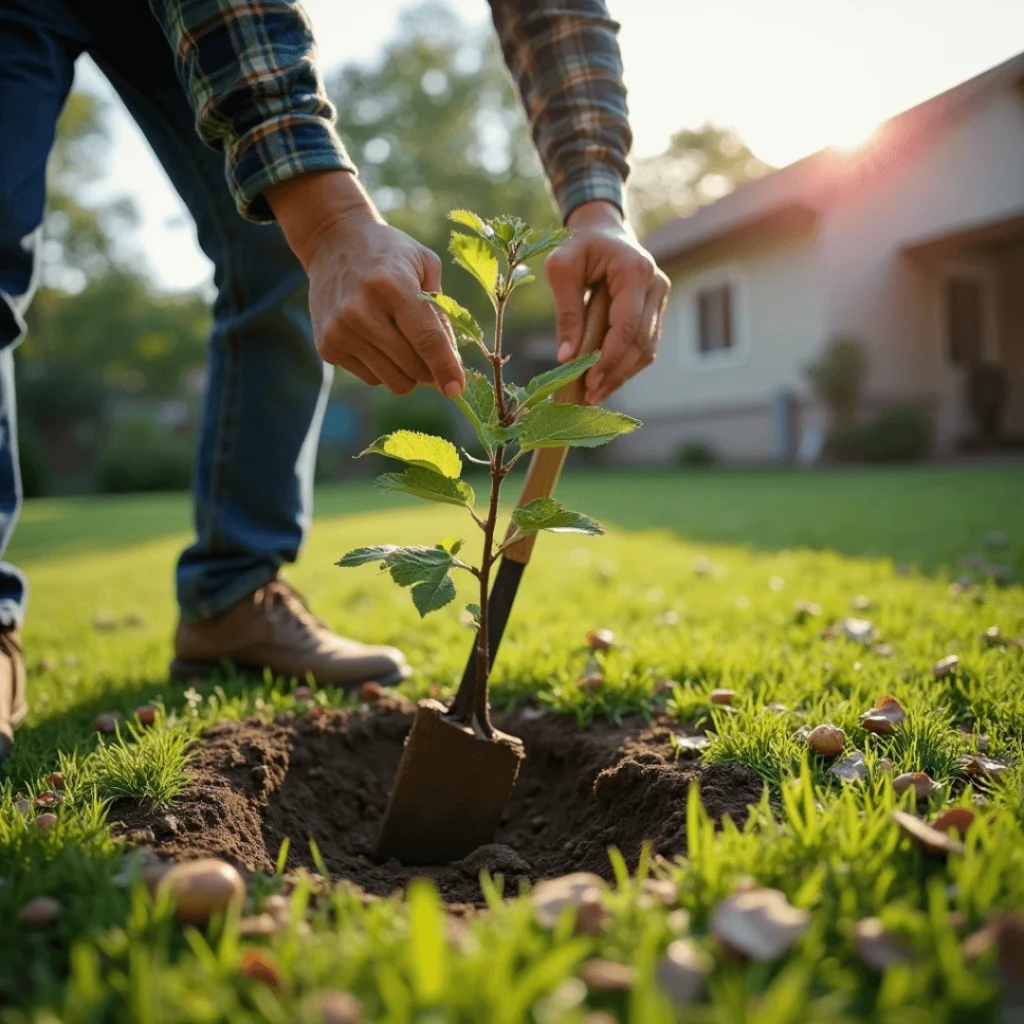
4. Planting Apple Trees
Follow these steps for successful planting :
- Timing : Plant in late winter or early spring while the tree is dormant.
- Dig a Hole : Make it twice as wide as the root ball but the same depth.
- Place the Tree : Position the tree so that the graft union (bump near the base) is 2 inches above the soil.
- Backfill and Water: Fill the hole with soil, water thoroughly, and add mulch to retain moisture.
5. Caring for Apple Trees
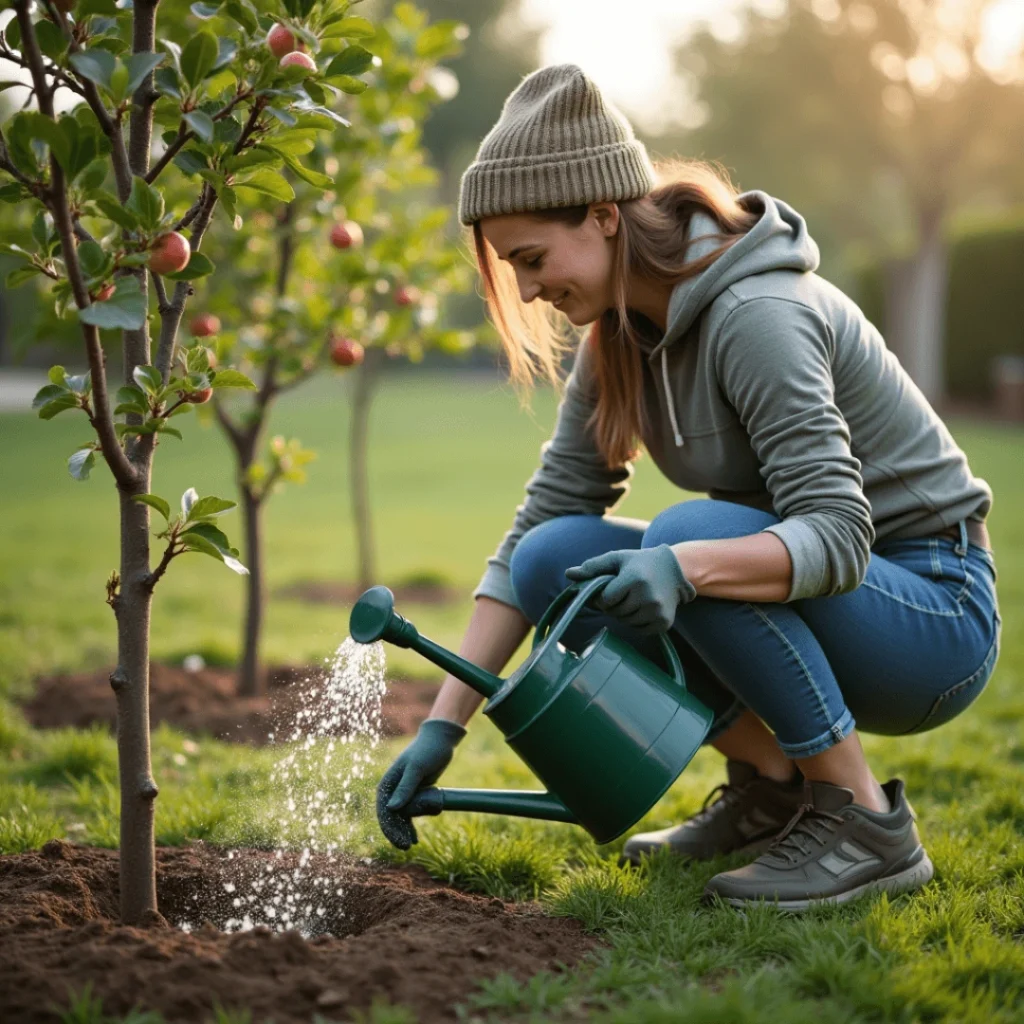
- Watering :
- Water deeply once a week, especially during dry spells.
- Young trees need 1–2 inches of water per week.
- Fertilizing :
- Apply a balanced fertilizer (10-10-10) in early spring and midsummer.
- Mulching :
- Spread mulch around the base to retain moisture and suppress weeds.
6. Pollination Requirements
Apple trees rely on cross-pollination for fruit production.
- Choose Pollinator Varieties : Plant two different apple varieties with overlapping bloom times.
- Encourage Pollinators : Attract bees with flowering plants like lavender or wildflowers nearby.
7. Pruning Apple Trees
Pruning keeps apple trees healthy and productive:
- When to Prune : Prune in late winter or early spring before new growth begins.
- How to Prune :
– Remove dead or diseased branches.
– Thin out overcrowded areas to allow sunlight and air circulation.
– Shape the tree into an open, vase-like structure
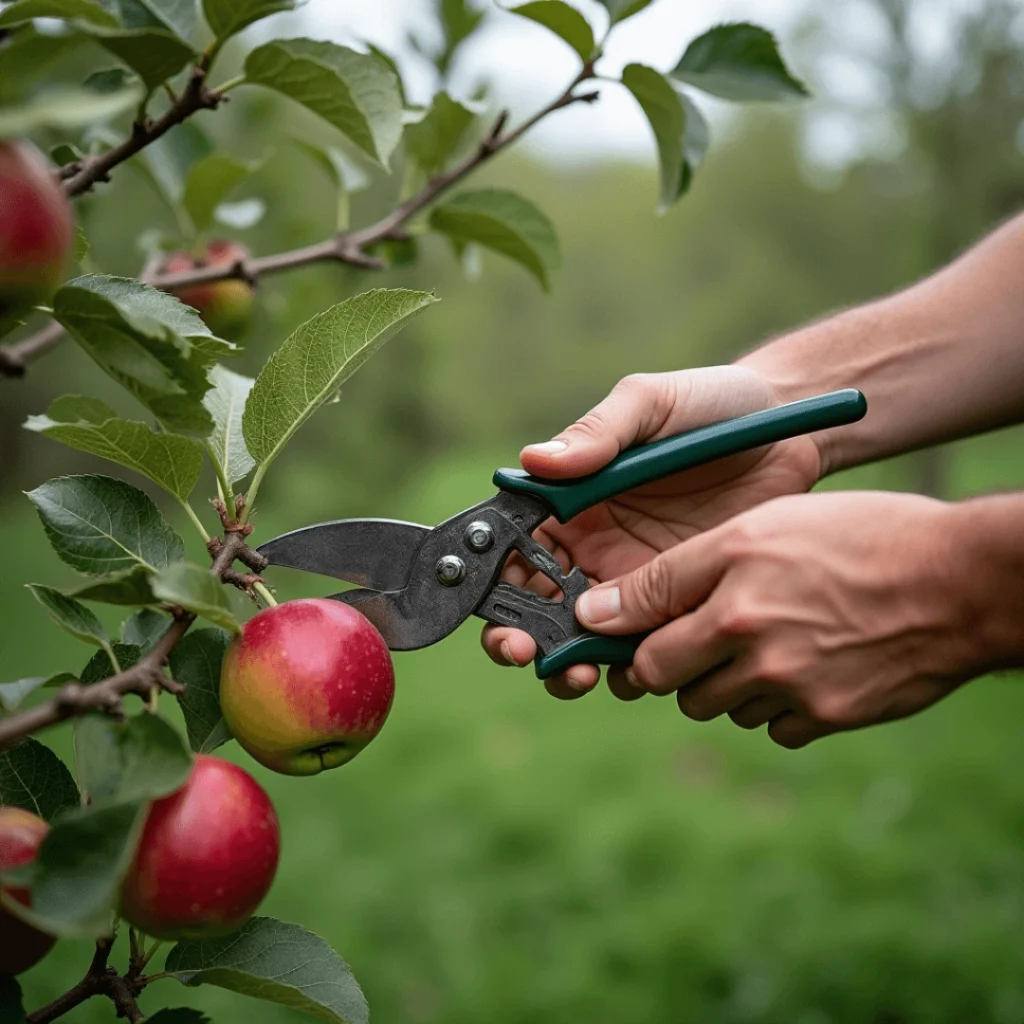
8. Dealing with Pests and Diseases
- Pests :
- Codling Moths: Use sticky traps or organic sprays.
- Aphids : Spray with a mixture of water and dish soap.
- Diseases :
- Apple Scab : Remove infected leaves and apply fungicide.
- Powdery Mildew : Prune affected areas and spray with sulfur.
9. When and How to Harvest Apples
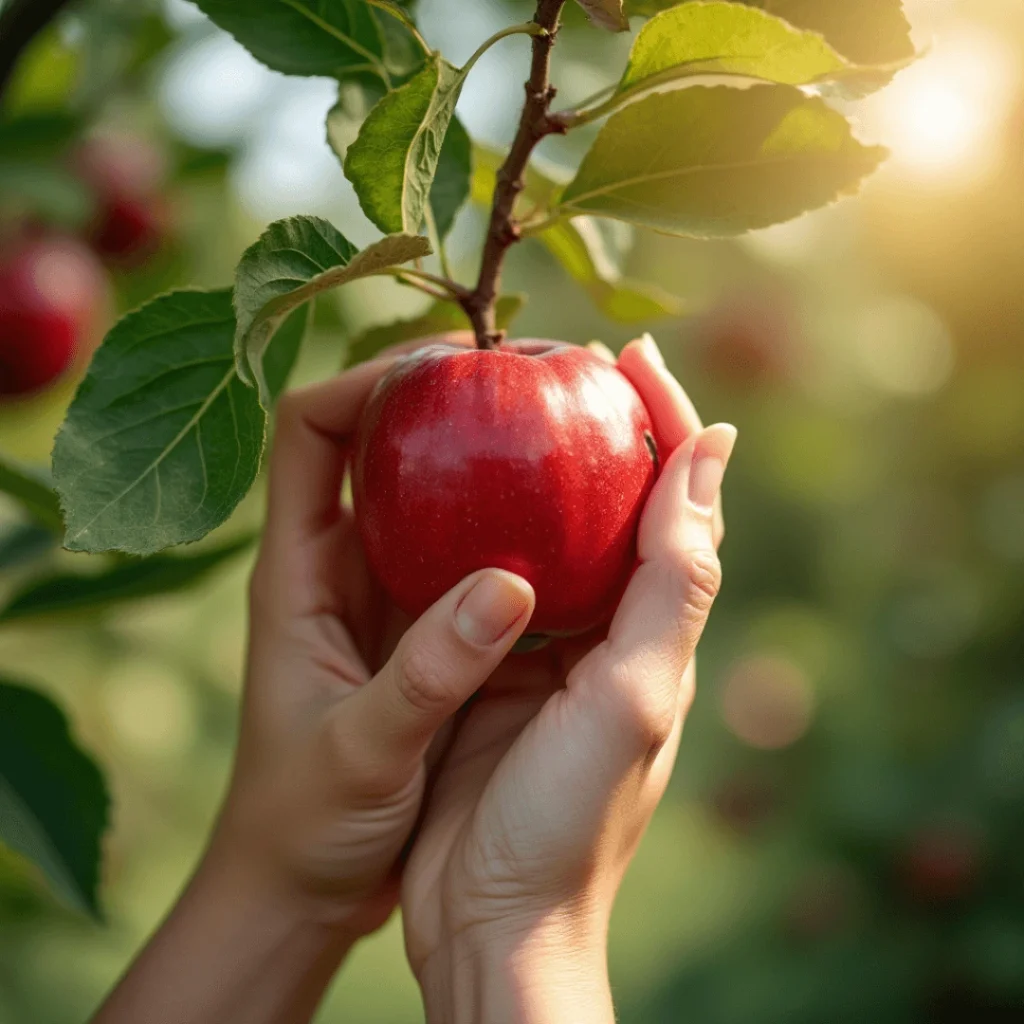
Here’s how to know when apples are ready:
- Signs of Ripeness : Apples should be firm, and the seeds inside should be dark brown.
- How to Pick : Lift the apple and twist gently—it should come off easily.
Store apples in a cool, dark place to keep them fresh for weeks or even months.
10. Creative Uses for Homegrown Apples
Once you’ve harvested your apples, enjoy them in many ways:
- Cooking : Make apple pies, crisps, and savory dishes.
- Juicing and Cider : Fresh apple juice and homemade cider are delicious and refreshing.
- Preserving : Create apple butter, jams, or dried apple slices for snacks.
Image Description: A kitchen counter filled with apple pie, cider, and jars of homemade apple butter.
Conclusion
Growing apples is a rewarding journey that provides delicious fruit for your family and enhances your gardening skills. By following these steps and tips, you’ll be well on your way to enjoying a bountiful harvest for years to come.
So, plant an apple tree today, and let your orchard dreams blossom !
FAQs
- How long does it take to grow apples ?
Apple trees typically take 2–5 years to produce fruit, depending on the variety and care. - Can I grow apples in a small yard ?
Yes, dwarf varieties are perfect for small spaces or even large containers. - Do I need more than one apple tree ?
Yes, most apple trees require cross-pollination with another variety to produce fruit. - What’s the best time to plant apple trees ?
Plant in late winter or early spring when the tree is dormant. - How do I prevent pests from damaging my apples ?
Use organic sprays, companion planting, and sticky traps to deter common pests.

